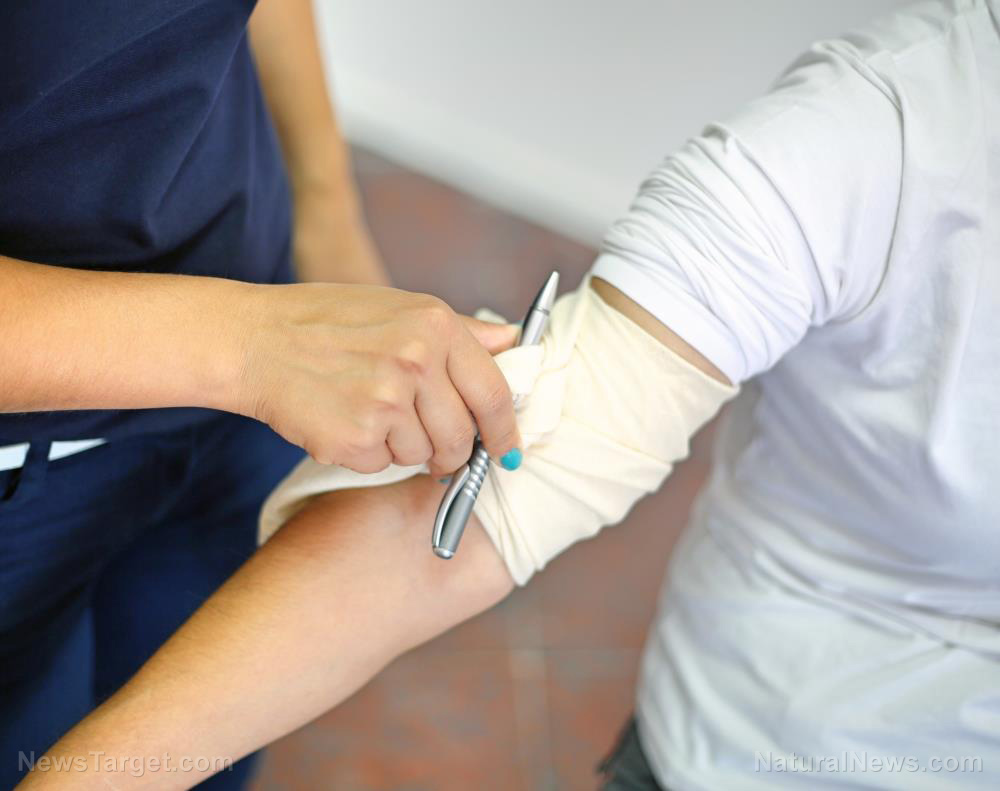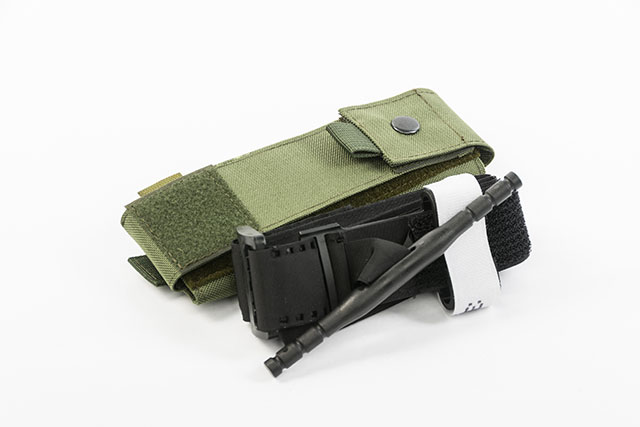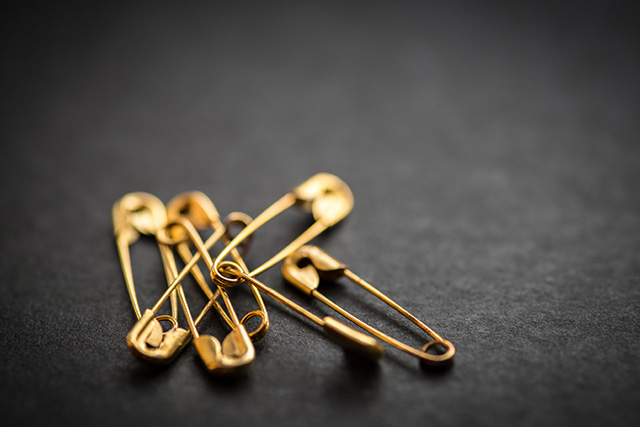
A car crash, a bad fall, or a even a kitchen accident can come out of nowhere and it can be fatal. Emergencies are never planned, which is why learning how and when to use a tourniquet is crucial. If the ambulance is still a few minutes away, there's a chance that somebody might die from blood loss. Successfully applying a tourniquet might just save somebody's life. (h/t to PrimalSurvivor.net)
When to apply a tourniquet
There are only certain scenarios when using a tourniquet is applicable:
- Tourniquets can only be applied to limbs. If the source of bleeding is on the torso, neck, or head, do not apply a tourniquet.
- A tourniquet can stop someone from bleeding out if putting pressure on their injury or elevating the limb isn't halting the bleeding.
- DO NOT apply a tourniquet on a snake bite. This can do more harm by trapping the venom in the bite area.
If you are unsure if applying a tourniquet is necessary, that's fine. Survival rates are significantly higher for people who have had tourniquets applied to their limb injuries even when it wasn't necessary. It is better to play it safe and over-treat. (Related: Tourniquet practice proven to improve survival in civilian trauma victims.)
How to use a tourniquet
Before applying the tourniquet, identify where the bleeding is coming from. Pick a spot around two to three inches above the wound. This is where you will apply the tourniquet. If you have no emergency tourniquet on hand, you can fashion one with a piece of strong, thick fabric – preferably a scarf, a bandana, or a triangular bandage. If those aren't available, a piece of cloth will do. You can rip off a long piece from your shirt and fold it lengthwise several times. Thin items such as cords, phone cables, and belts will not work, as they may not be able to apply enough pressure to the wound.
If the injury is near a joint, go above the joint. If the bleeding comes from the lower arm or the lower leg, apply the tourniquet above the knee or the elbow as it will be easier to put pressure on those areas. If you aren't certain where exactly the wound is, use caution and apply the tourniquet high on the limb.
Wrap your material above the wound and with a tightening rod – something strong like a thick stick or a metal pipe – tightly twist the two ends of the material. For your rod, avoid things that can easily break like a pencil.
Your goal is to halt the flow of blood. Once you've achieved that end and significantly twisted the rod, secure it with a hair band, a piece of cloth, or anything that can keep the material from unraveling.
Write down the time you applied the tourniquet. This information is crucial because tourniquets can only remain on the limb for approximately two hours. Any longer and the person with the tourniquet risks getting tissue damage.
As soon as the tourniquet is in place, check to make sure it's working. The easiest way to do this is to feel for a pulse below the limb. If there is a pulse, then the tourniquet either won't stop the bleeding at all or you haven't applied enough pressure to the affected area. If you believe you've applied the tourniquet properly, then a second tourniquet above the first one can be administered.
Consider the importance of a tourniquet when filling up the contents of your first aid kit. You never know when somebody's life is at stake, and the one thing that can save them is a tourniquet and somebody who knows how to use it.
Sources include:
Please contact us for more information.
















